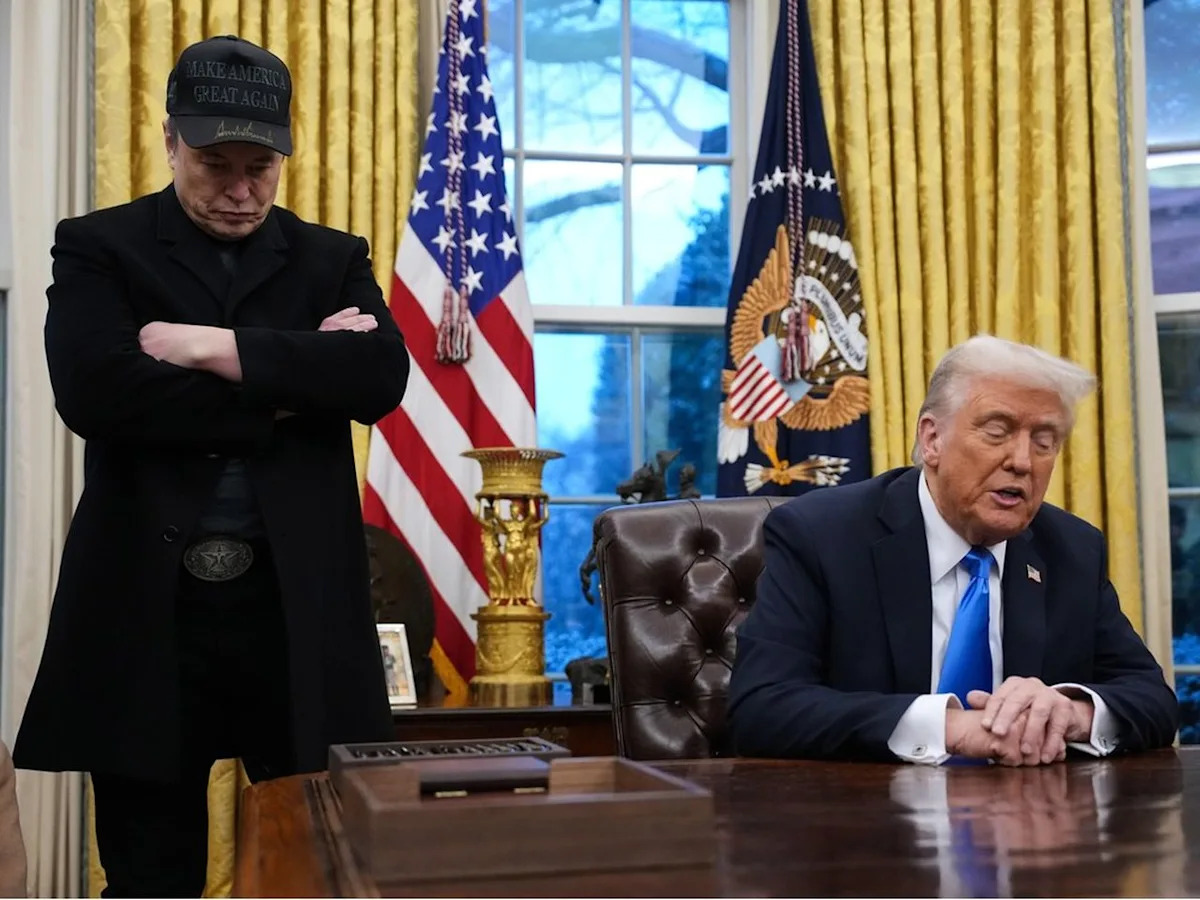For all its brinksmanship, the U.S. government shut-down is part of an ongoing battle over how to right-size government.
President Donald’s Trump’s approach, both in this instance and with DOGE, draws heavily on the idea of using creative destruction to generate economic progress.
But Trump’s version of public sector creative destruction should serve as a cautionary tale to those in charge of cutting budgets in Ottawa.
Trump’s version is indeed messy and painful, and it seems unlikely to leave Americans better off. In pursuing personal vendettas, resorting to the intimidation of vast swaths of the U.S. public service and exalting in cutting for cutting’s sake, Trump is certainly maximizing the destruction. What’s left is neither creative nor improved.
The degradation of world-leading American institutions in academia, science, national security and foreign aid among others will be lamented for generations to come. What’s most strikingly absent in the Trump administration’s approach to right-sizing government is a sense of stewardship. Whereas a steward cultivates institutions, Trump repeatedly demonstrates disdain for them. He sees institutions as extensions of himself or, at minimum, as needing to kow-tow or serve him.
A true steward believes that government organizations can and should serve the public purpose of supporting citizens. Crucially, they put themselves in the background, not the foreground, of any debate on right-sizing government.
There is a better alternative to Trump’s destructive approach to institutions which also avoids the slow death of stay-the-course stagnation. Let’s call it the “Peace, Order and Good Government” reform alternative.
This approach has been used successfully over the past 50 years by both Conservative and Liberal governments to reduce federal government expenditures to the tune of $535 billion, according to some estimates.
Over the years, spending reduction exercises have gone by different names: from the “Nielsen Task Force” under the government of the prime minister Brian Mulroney to the “Program Review” and the “Strategic and Operating Review” under prime ministers Jean Chrétien and Stephen Harper respectively.
At the root of these cutting exercises has been public support coupled with a serious-minded commitment to reducing government to meet fiscal circumstances based on what are called the “six tests.”
These six tests consider the public interest, the role of government, the appropriate level of government, possible private and voluntary sector alternatives, efficiency considerations and affordability. Throughout it all, there was a focus on what works and fast-follower adoption. Part of the magic from other spending reduction exercises was drawing good ideas from other governments and the private sector.
Canada retains muscle memory on how to trim decisively its costs to reflect its budget circumstances. The government of Prime Minister Mark Carney has had a strong-minded approach to Canada Post, which appears to show a willingness to make tough, but necessary decisions.
In contrast, Trump’s approach operates with a divisive hedge fund ethic accompanied by a dollop of cult of the personalities. Despite the serious consequences, this is not a serious approach.
The unfolding spectacle in Washington is akin to applying a solution to government normally reserved for a glitchy computer: shut it down and reboot. Just ask Americans waiting for benefits cheques or services if they think the approach is working.
What’s required instead is an institutionalist, and reform-minded, perspective which seeks to create lasting solutions and build institutions that, while remaining nimble to changing circumstances and needs, remain positioned to support citizens for generations to come.
In Canada, we are in the early stages of launching an effort to reduce spending and right-size government. Carney’s government has embarked on cutting the operational budgets of most federal departments and agencies by 15 per cent over three years.
To be successful, it will need public support as well as coordinated political and public service leadership.
In the current “elbows up” movement, there is a willingness for collective sacrifice. This would need to be channeled by savvy political leadership and a public service that understands its supportive stewardship role to build for the future.
As is increasingly the case, we should not look south for solutions; we should look to ourselves.
Allen Sutherland is president and Chief Executive Officer of the Ottawa-based Institute on Governance.
Related

